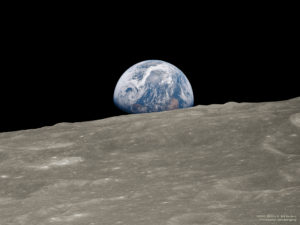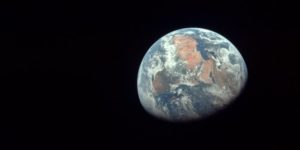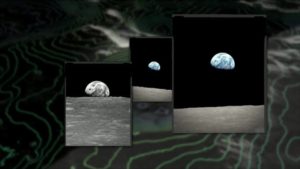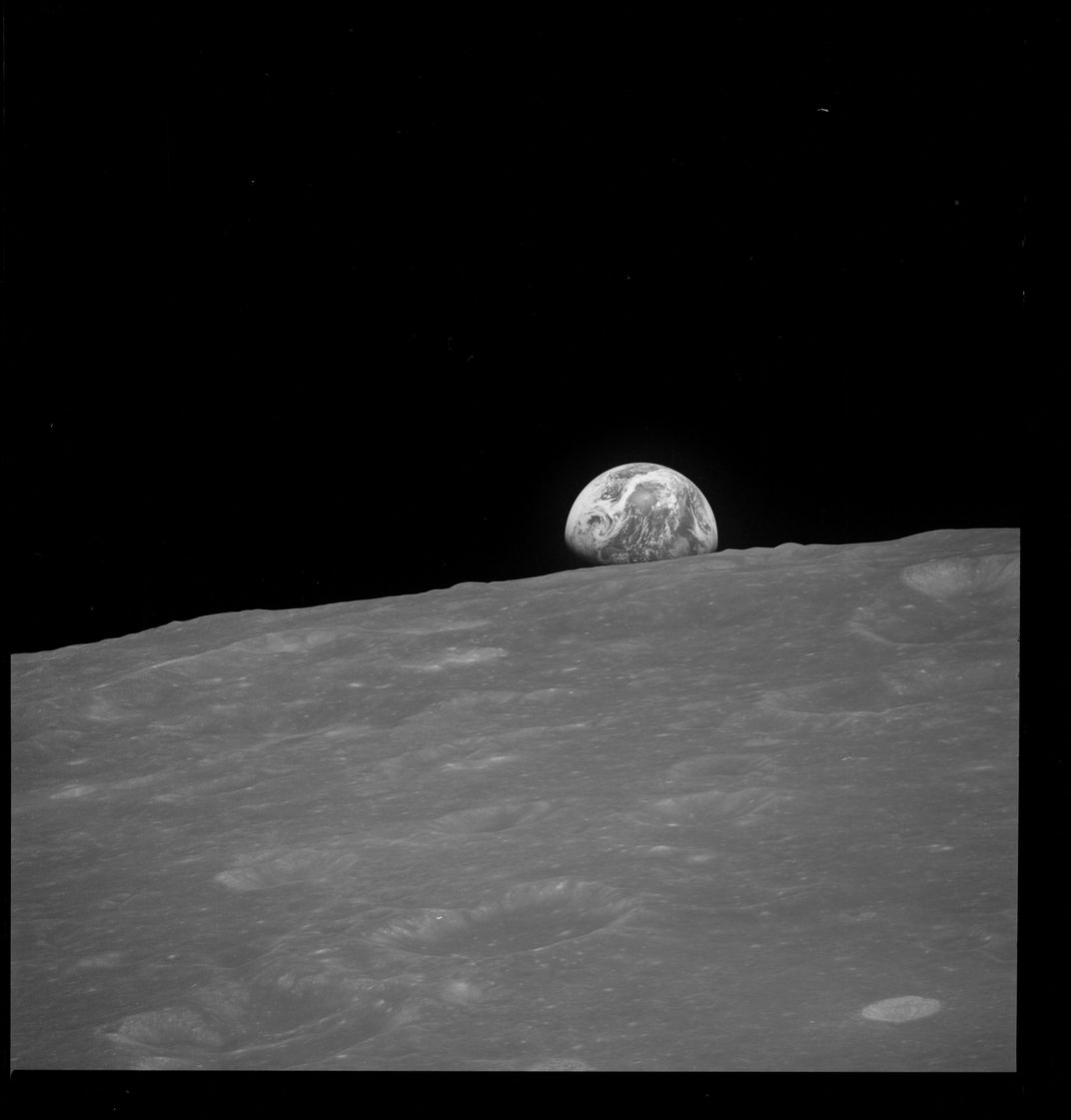The space travelers had spun around the moon a couple of times as of now, their look pointed down on the dark, pitted lunar surface. In any case, presently as they finished one more round of moon during Christmas of 1968, Frank Borman, the administrator of the Apollo 8 mission, rolled the shuttle, and, soon, there it was.
Earth, this brilliant, lovely circle, alone in the inky boundlessness of room, a soloist at the edge of the stage suspended in the spotlight.
Anders knew high contrast film wouldn’t do it equity. In any case, he likewise realized he didn’t have a ton of time on the off chance that he would get the shot.

Anders stacked the shading film into his Hasselblad camera and began terminating ceaselessly while his on edge crewmates stayed transfixed by the blue and white vision outside their windows.
After two days, the film was handled, and NASA discharged photograph number 68-H-1401 to general society with a news discharge that stated: “This perspective of the rising earth welcomed the Apollo 8 space explorers as they originated from behind the moon after the lunar circle inclusion copy.”

“Earthrise,” as it would be called, became a web sensation, or as viral as anything could in 1968, a period that saw a wide range of photos leave their blemish on the national awareness, the greater part of them scars: The South Vietnamese general pointing his gun at the warrior’s head, point clear; the waiting assistant keeping an eye on Robert F. Kennedy’s inert body; the social equality activists on the motel overhang pointing toward Martin Luther King Jr’s. executioner.
Be that as it may, “Earthrise” was something else. A salve for a country torn by the war in Vietnam, the social equality development, challenges and deaths.

There had been pictures of Earth shot from space previously. Be that as it may, those pictures were generally high contrast and hazy.
They came up short on the striking quality of Anders’ image, the still straightforwardness, and the feeling that could maybe be clarified by the way that the a considerable lot of the past photos had been taken by robots and “Earthrise” by a human — “an excited, likely yearning to go home space traveler with a finger on the trigger of this Hasselblad,” as Stewart Brand, the author of the Whole Earth Catalog, place it in a meeting.
Source: The Washington Post and Discover Magazine









